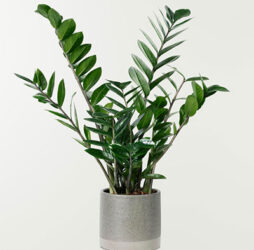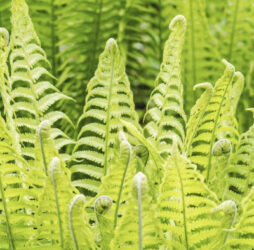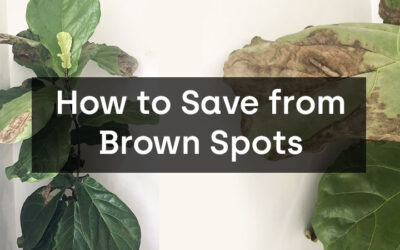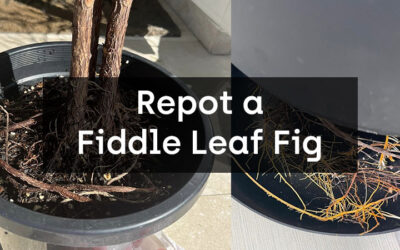When it comes to indoor plants, finding the right ones for low light conditions can be a challenge. However, with the right knowledge and selection, you can still enjoy the beauty and benefits of plants even in areas with limited natural light. In this article, we will explore the best indoor plants that thrive in low light environments, providing a touch of greenery and improving the indoor air quality.
Understanding Low Light Conditions
Before diving into the best indoor plants for low light, it’s essential to understand what constitutes low light conditions. Low light areas refer to spaces where natural sunlight is limited, such as rooms with small windows or areas far from windows. While plants require light to photosynthesize, some varieties have adapted to thrive in lower light environments, making them ideal choices for such spaces.
Benefits of Indoor Plants
Indoor plants offer numerous benefits beyond their aesthetic appeal. They improve indoor air quality by absorbing carbon dioxide and releasing oxygen, thus creating a healthier environment. Additionally, they can reduce stress levels, increase productivity, and add a sense of tranquility to indoor spaces. With the right selection, you can enjoy these advantages even in low light areas.
Factors to Consider for Low Light Indoor Plants
When selecting indoor plants for low light conditions, certain factors need to be considered. These include:
-
- Light Requirements: Opt for plants that are specifically known for their ability to thrive in low light conditions.
- Watering Needs: Choose plants that don’t require frequent watering as low light areas may not dry out as quickly.
- Maintenance Level: Consider plants that are low-maintenance and can tolerate fluctuations in light and humidity levels.
- Size and Growth Rate: Take into account the available space and select plants that won’t outgrow the area quickly.
Top 10 Low Light Indoor Plants

Snake Plant
The Snake Plant, also known as Sansevieria or Mother-in-Law’s Tongue, is a popular choice for low light environments. It has long, upright leaves with a striking appearance and can tolerate a wide range of light conditions. The Snake Plant is known for its air-purifying qualities, making it an excellent choice for improving indoor air quality.
ZZ Plant
The ZZ Plant, scientifically known as Zamioculcas zamiifolia, is a hardy and resilient plant that thrives in low light conditions. It has glossy, dark green leaves that add a touch of elegance to any space. The ZZ Plant is known for its ability to survive neglect and is perfect for those who tend to forget about watering their plants.
Pothos
Pothos, also called Devil’s Ivy, is a popular choice for beginners and experienced plant enthusiasts alike. It has heart-shaped leaves that come in various shades of green, making it a visually appealing addition to any room. Pothos can thrive in low light areas and can even tolerate periods of drought, making it a versatile and low-maintenance plant.
Dracaena
Dracaena is a diverse genus of indoor plants that includes several species suitable for low light conditions. One notable variety is Dracaena marginata, or the Dragon Tree, which features thin, arching leaves with red or purple edges. Dracaena plants are known for their ability to purify the air and thrive in low light, making them a popular choice for homes and offices.
Peace Lily
The Peace Lily, scientifically known as Spathiphyllum, is an elegant plant with glossy, dark green leaves and white flowers. It can tolerate low light conditions but benefits from occasional exposure to brighter light. The Peace Lily also acts as an excellent air purifier, removing harmful toxins from the surrounding air.
Boston Fern
The Boston Fern, scientifically known as Nephrolepis exaltata, is a popular choice for low light environments. It features feathery, delicate fronds that create an elegant and lush appearance. Boston Ferns prefer indirect light and high humidity, making them ideal for bathrooms or kitchens.
Chinese Evergreen
The Chinese Evergreen, or Aglaonema, is a versatile and hardy plant that thrives in low light conditions. It has attractive, variegated leaves in shades of green, silver, and even red. Chinese Evergreens are known for their air-purifying properties and ability to tolerate neglect, making them suitable for busy individuals.
Cast Iron Plant
As the name suggests, the Cast Iron Plant (Aspidistra elatior) is incredibly resilient and can tolerate a wide range of conditions, including low light. It has long, glossy leaves that add a touch of elegance to any space. Cast Iron Plants are low-maintenance and can survive with infrequent watering.
Parlor Palm
The Parlor Palm, or Chamaedorea elegans, is a popular indoor palm that thrives in low light areas. It has delicate, feathery fronds and can add a tropical vibe to your space. Parlor Palms prefer evenly moist soil but can tolerate slightly drier conditions.
Philodendron
Philodendrons are a diverse group of plants that offer several low light options. One notable variety is the Heartleaf Philodendron (Philodendron hederaceum), known for its heart-shaped leaves and trailing vines. It can thrive in low light conditions and is an excellent choice for hanging baskets or shelves.
Tips for Caring for Low Light Indoor Plants
To ensure the health and longevity of your low light indoor plants, consider the following tips:
-
- Avoid Overwatering: Low light plants have lower water requirements, so be cautious not to overwater them. Allow the soil to dry out slightly between waterings.
- Provide Adequate Drainage: Ensure that your plant’s containers have drainage holes to prevent waterlogged soil, which can lead to root rot.
- Dust the Leaves: Regularly wipe or gently wash the leaves of your indoor plants to remove dust, allowing them to photosynthesize more efficiently.
- Rotate the Plants: Rotate your plants occasionally to promote even growth and prevent them from leaning toward the available light source.
Conclusion
Choosing the right indoor plants for low light conditions can transform your space, bringing nature indoors and improving the air quality. Snake Plants, ZZ Plants, Pothos, Dracaena, and Peace Lilies are just a few examples of low light plants that thrive with minimal sunlight. Remember to consider their light requirements, watering needs, maintenance level, and size before making your selection. With proper care and attention, these plants will flourish and enhance your indoor environment.
FAQs
1. Can low light indoor plants survive without any natural light?
Low light indoor plants can survive with minimal natural light, but they still require some light to photosynthesize. It’s important to choose plants that are specifically adapted to low light conditions.
2. How often should I water my low light indoor plants?
Low light plants generally have lower water requirements. It’s best to allow the soil to dry out slightly between waterings to avoid overwatering.
3. Are low light indoor plants suitable for windowless rooms?
While low light plants can tolerate less natural light, windowless rooms may still be too dark for most indoor plants. Consider using artificial grow lights in such spaces to provide the necessary light for plant growth.
4. Can I fertilize my low light indoor plants?
Low light plants have slower growth rates and lower nutrient requirements compared to plants in brighter conditions. Fertilize sparingly and follow the recommended instructions for the specific plant species.
5. What are some other benefits of having indoor plants?
In addition to improving indoor air quality, indoor plants can boost mood, reduce stress levels, increase productivity, and add a touch of natural beauty to indoor spaces.












0 Comments